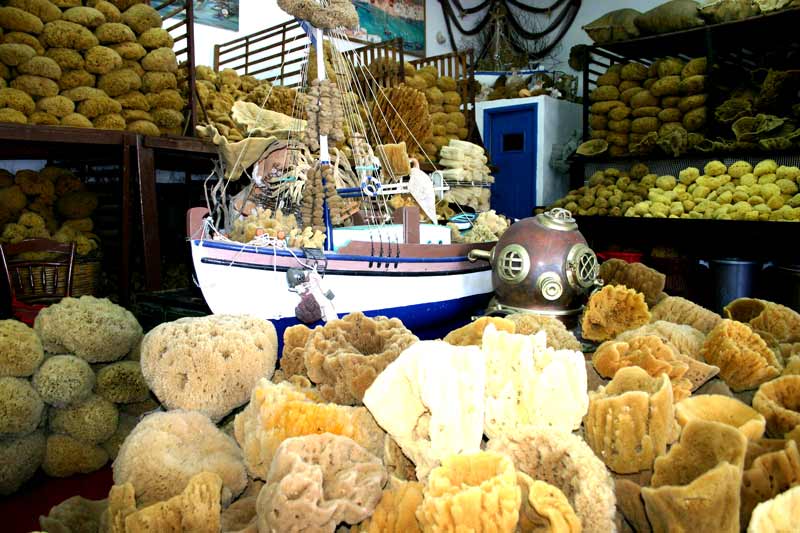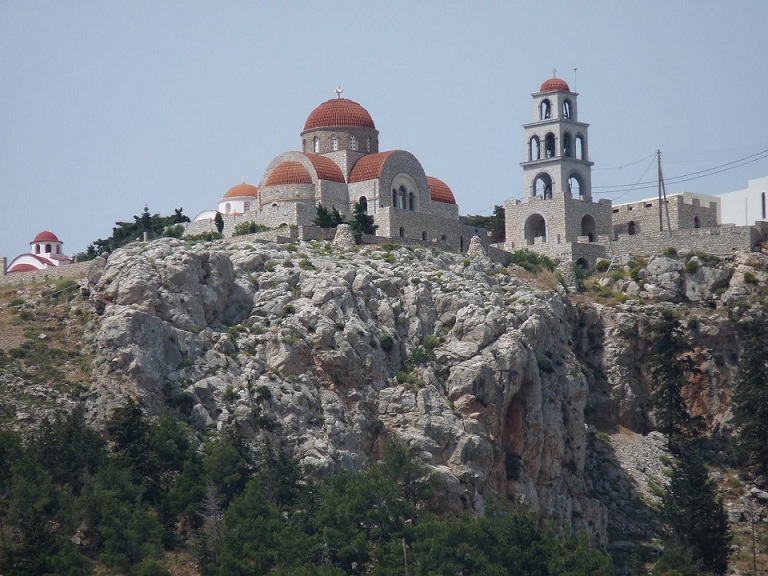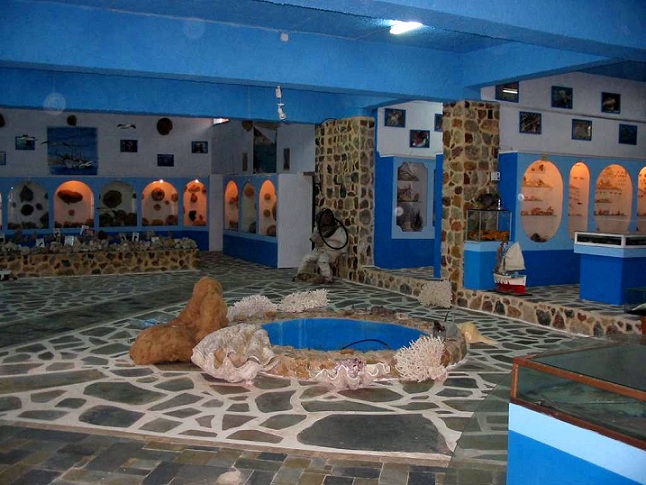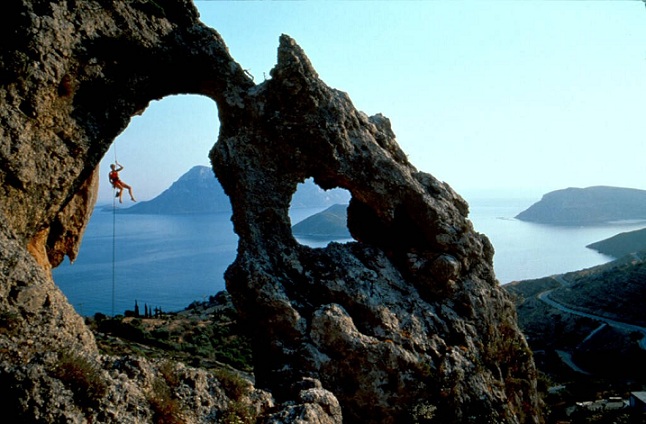Kalymnos is located between Kos and Leros in the south-eastern Aegean Sea and belongs
to the Dodecanese Islands prefecture.
The area is 111.14 square kilometres and is the fourth largest island in the Dodecanese prefecture.
The name of the island used to be Kalynda then changed to Kalymna and finally Kalymnos.
Also known as the island of the Sponge Divers due to its residents’ sponge fishery avocation.
Leros, Patmos, Pserimos, Astipalea, Telendos, Agathonisi and Lipsi also belong to Kalymnos.
The capital of Kalymnos is Pothia where most of the inhabitants live.
Chora is the second largest residential area and the former capital of the island.
Rock Climbing
Kalymnos has become one of the major rock climbing destinations for professional climbers as well as beginners at international level.
The island has various kinds of good quality limestone rocks with different difficulty degrees like overhangs, caves with stalactites and slabs.The quality of the limestone rock is excellent, and has an easy access.
Cliffs are very close to the city and may require 5 to 10 minutes of driving or 5 to 20 minutes of walking.There are some 44 high steep rocks. It has a number of 1,200 single pitch and multi pitch routes.
Sea World Museum
This Nautical-Sea World Museum is housed in a building next to the Town Hall.
It consists of four rooms and it exhibits items related to sponge fishing, photographs, ship models and folk pieces about traditional life on Kalymnos.
Monastery Of Agios Savvas
The Monastery of Agios Savvas in Kalymnos Greece, Dodecanese: The Monastery of Agios Savvas is located on top of a hill above Pothia Town, the capital of Kalymnos Dodecanese.
Made of stone and with red tiled roof, this lovely church is considered the patron saint of the island.
Its location provides excellent view to the town, the port and the sea, while the beautiful monastery of Agioi Pantes is
also located closeby.
Sponge Factory
The Sponge Factory in Kalymnos: Kalymnos and sponges are two inseparable concepts for the Greeks. Sponges are known as the Kalymnian Gold.
This barren rocky island located in the southeastern Aegean Sea could not offer anything to the islanders to make their living.
The villagers thus turned towards the sea for their survival and sponge fishing became particularly popular on the island.
Thus the Kalymnians turned to the sea, holding their breath to cut sponges from the flat and sharp rocks.
However, they could not stay long underwater.




